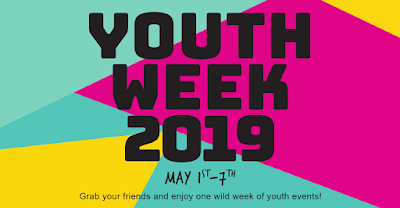Langley City council was presented with a wealth of information at its meeting last night. Today, I’ll be posting about two of the agenda items.
Every year, Langley City’s must have its financial records audited by an independent entity as per provincial law. Kristine Simpson, who works for BDO Canada, completed the 2018 audit for our municipality. She stated that the Langley City audit “is her favorite to do” because our staff are so well organized. Our 2018 financials passed muster.
Darrin Leite, who is the Deputy Chief Administrative Office, provided a high-level overview of Langley City’s 2018 Consolidated Financial Statements. The City had $64 million “in the bank” at the end of 2018. This $64 million will be used to fund capital works improvements and other longer-term costs that will be incurred by the City.
One of the other important metrics is the dollar amount of tangible assets. Tangible assets include things such as roads, pipes, street lights, municipal buildings, and park improvements. At the end of 2017, the City had $250 million in tangible assets. The City had $257 million in tangible assets in our community at the end of 2018. If this number went down, it would be an indicator that the City is not keeping up with maintaining our assets. I will be posting more about our 2018 financials in a future post.
Council also received a quarterly update from Superintendent Murray Power, Officer in Charge of the Langley detachment of the RCMP. He reviewed our community’s crime statistics. Generally, Superintendent Power noted that crime trends have been flat. He stated that there has been a decrease is theft from auto because of the RCMP’s work which has resulted in several prolific offenders now being in jail. He noted that most property crime is committed by a small number of individuals.
 |
| Number of person offences from April 2018 to March 15, 2019 from RCMP presentation. Select image to view. |
Superintendent Murray Power stated that Langley City is an extremely safe community. There have been no murders or attempted murders in the City over the last year. In addition, he noted that the violent crime rate is extremely low. The “Assault – Aggravated or with Weapon/CBH” saw between 2 and 10 occurrences per month. This category includes bar fights, muggings, and altercations between people who are living together, among other things. According to Superintendent Power, the vast majority of this category of crime is between people who already know each other. He noted that he could count on his hand the number of times this category of crime has happened between strangers.
I noted to Superintendent Power that according to the stats, people have less that a 0.03% chance in any month of being a victim of physical violence in our community. I asked if he believed our community is safe. Superintendent Power stated that Langley City is a safe community.
 |
| Number of property offences from April 2018 to March 15, 2019 from RCMP presentation. Select image to view. |
One of the challenges in Langley City is that we have a higher than average property crime rate. This is because we are the commercial centre in Langley, but we have a small population. Most property crime, such as theft from auto, occurs in commercial areas downtown and along the Langley Bypass.
While not an item on last night’s council agenda, Langley City’s Crime Prevention Task Group is working to get monthly property crime maps available online for people to view. This should help people get a better understanding of where property crime occurs in our community.
Superintendent Power also shared about the day-in-the-life of a typical frontline RCMP member in Langley City. He stated that about 95% of calls received are attended by RCMP members, and stressed the importance of calling in all suspicious activity. The non-emergency line for the RCMP is (604) 532-3200.
Tomorrow, I’ll continuing posting about the items that were addressed at last night’s council meeting.


























